Silent Baluty
 Robert E. Houkes
Robert E. Houkes

 Robert E. Houkes
Robert E. Houkes

A photo-essay
Photographs made in the former
‘Litzmannstadt Getto’ from 2010 till 2019
Baluty (“Balut” in Yiddish) started as a small settlement on the outskirts of Lodz, with only a few houses, traditionally mainly with a Jewish population.
That changed during the dizzying economic boom of the textile industry in Lodz around 1850 when Baluty became a hodgepodge of a quickly and haphazardly built residential area for the workers needed in the textile factories. Baluty became a quarter to the masses of the poor.
Right at the start of WWII, Baluty, without sewer and running water, was cut off from the outside world by the Nazis and became the infamous “Litzmannstadt Getto”, dramatically overcrowded and with unspeakable living conditions.
More than 200,000 people, mainly Jews and Roma, died of hunger and disease, were killed instantly or ended up in the extermination camps.
In the Soviet era, Baluty became freely littered with communist block flats, apartment blocks, built strictly accordingly to the principles of Marxist-Leninist ideology.
The Bolsheviks razed the old Jewish cemetery, which had already been thoroughly demolished by the Germans, and used the tombstones to pave the streets.
Today the European Union colours the change in Baluty. EU membership gave room for inventing and renewing the Polish identity in all its aspects, but that also brings with it the pressure of the market economy mantra of consumption, luxury, beauty, health and fun.
However, the time is not yet right for real estate agents, cappuccino drinking creatives, IT specialists and other young urban professionals to take over the place.
In Baluty you can still find entire neighbourhoods that have not changed since the Germans left. Walking here means a moving trip back in time. Overgrown neglected courtyards, gloomy doorways, grim graffiti, cobblestones, houses in ruins. These traces of the past do not make it difficult to feel the painful absence of the people who once lived here. Silence.
Photographing in the old Litzmannstadt ghetto felt like a necessity. The urge to document everything I saw to become closer, finding out where I was, what I saw and what it was telling me.
It’s unclear how many people passed through the Litzmannstadt ghetto towards their final fate. The exact numbers are unknown. Starvation. Disease. Assassination. Transportation to the death camps.
Not only do I still feel their presence but I hear their footsteps, look through their eyes, feel their pain and suffering, hear their voices. To me, their “presence” is frighteningly real and very tangible. Their absence is very loud. Their silence is a cry.
This research focuses on the confusing diversity in the form and shape of the traces which evoke the undeniable past. Silent Baluty. But by doing this also the ongoing and inevitably changes in Baluty become visible.
My question here is: Will in time change finally wipe out all the memories of the uncanny history or will the consciousness of the atrocities which once happened here in one way or another always break through the contemporary reality?
Will there always be a “Silent Baluty”?
Robert E. HoukesA photograph is a secret about a secret. The more it tells you the less you know.
Diane Arbus





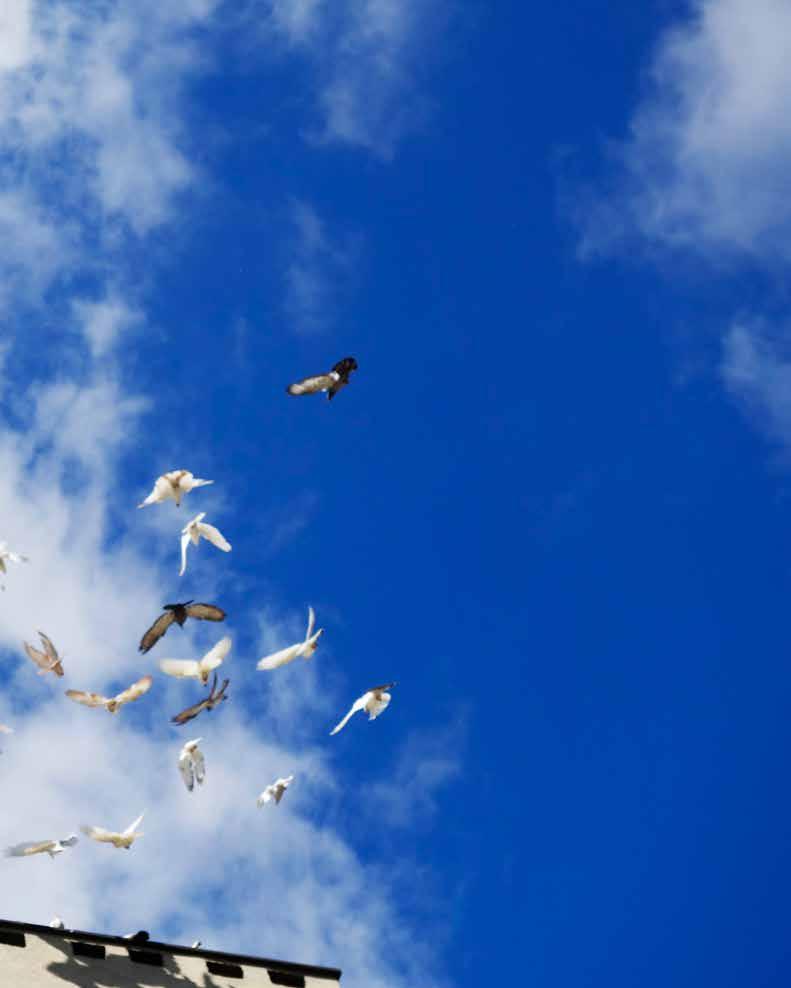

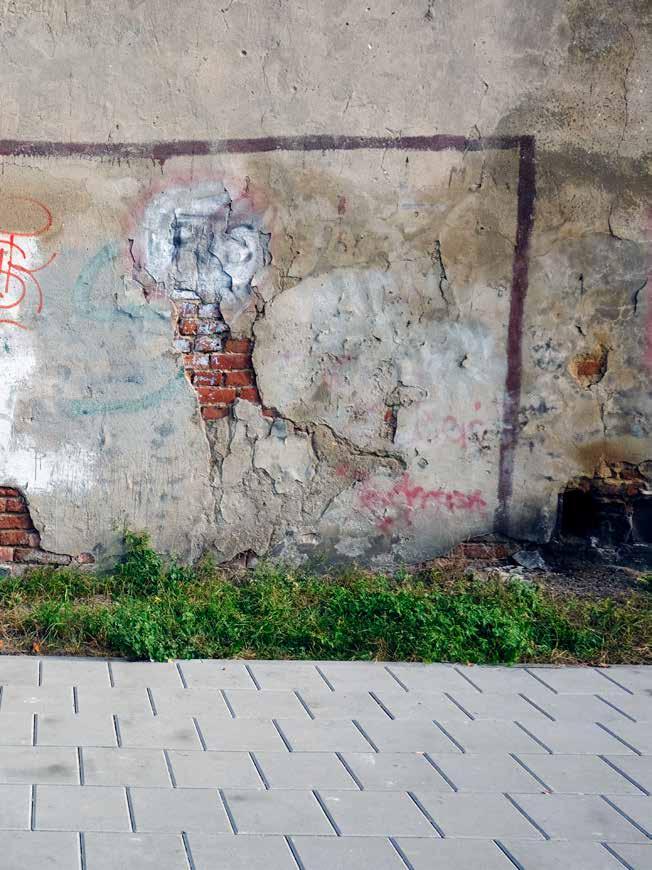


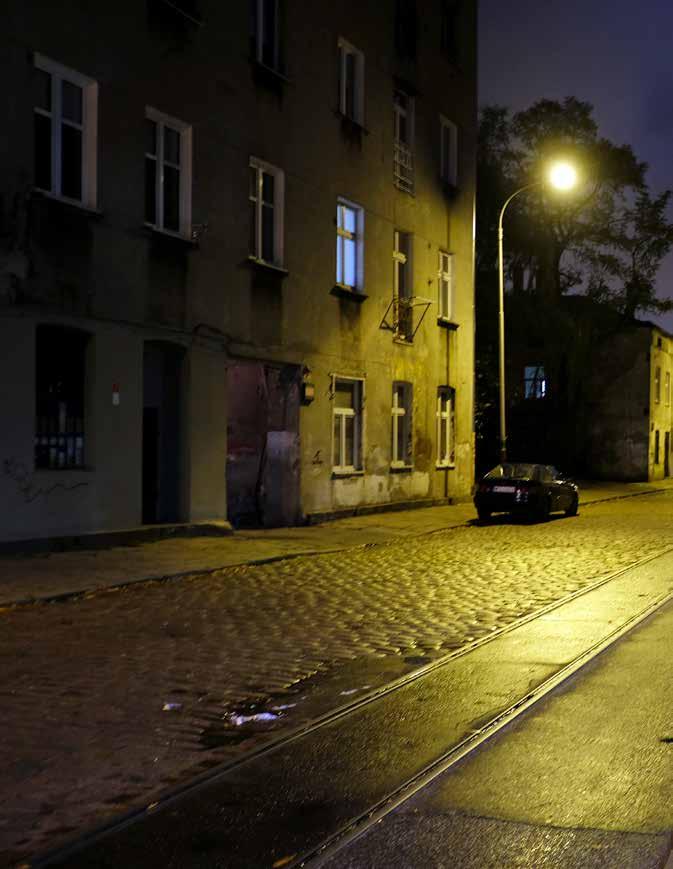


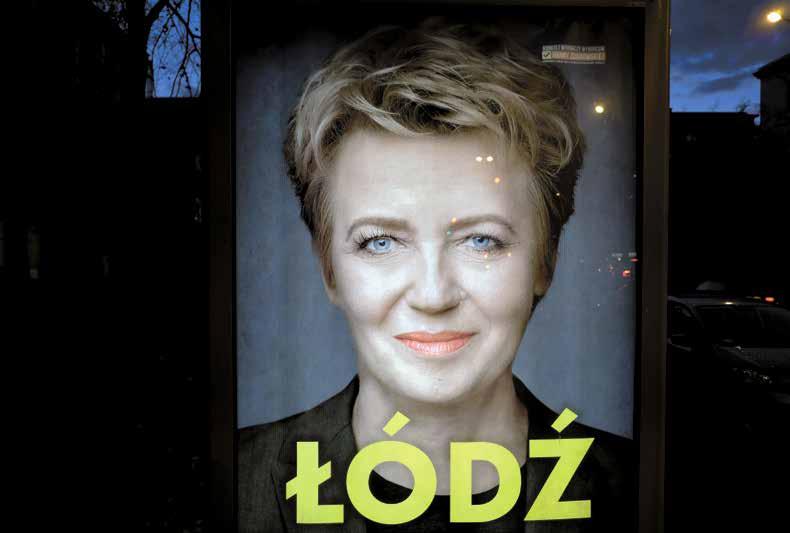






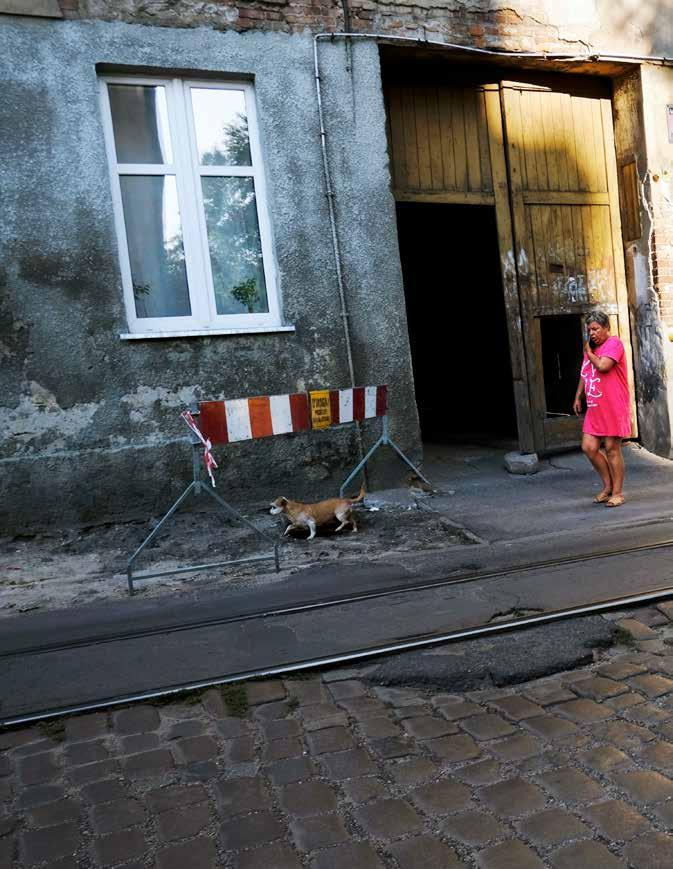






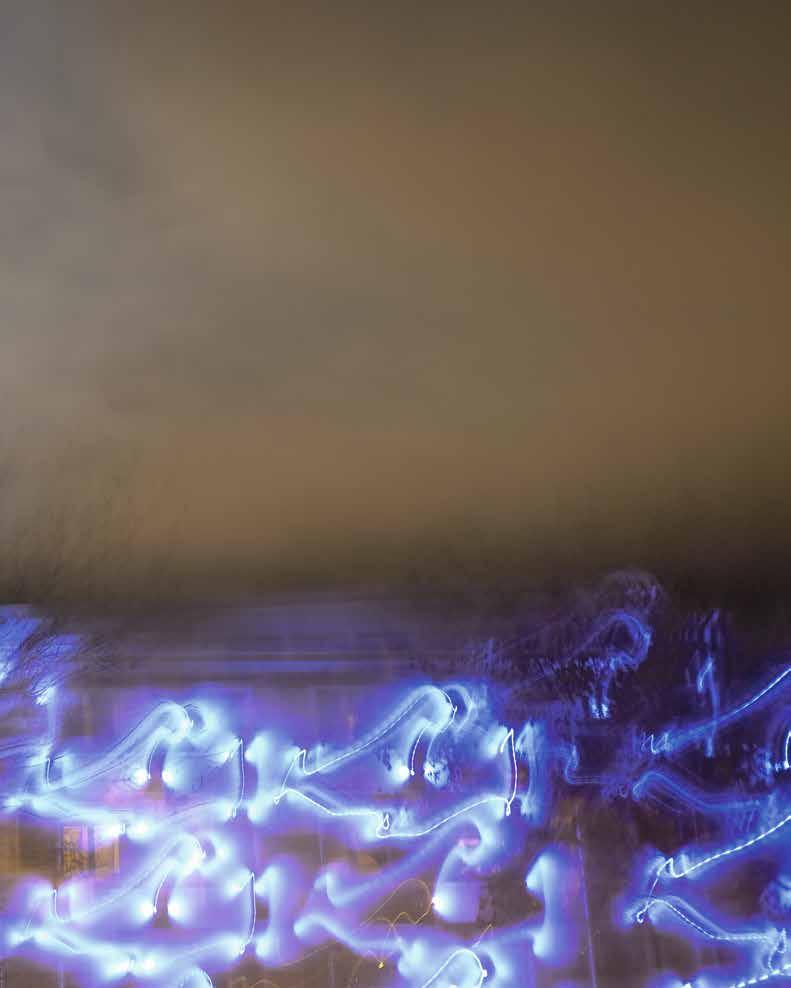

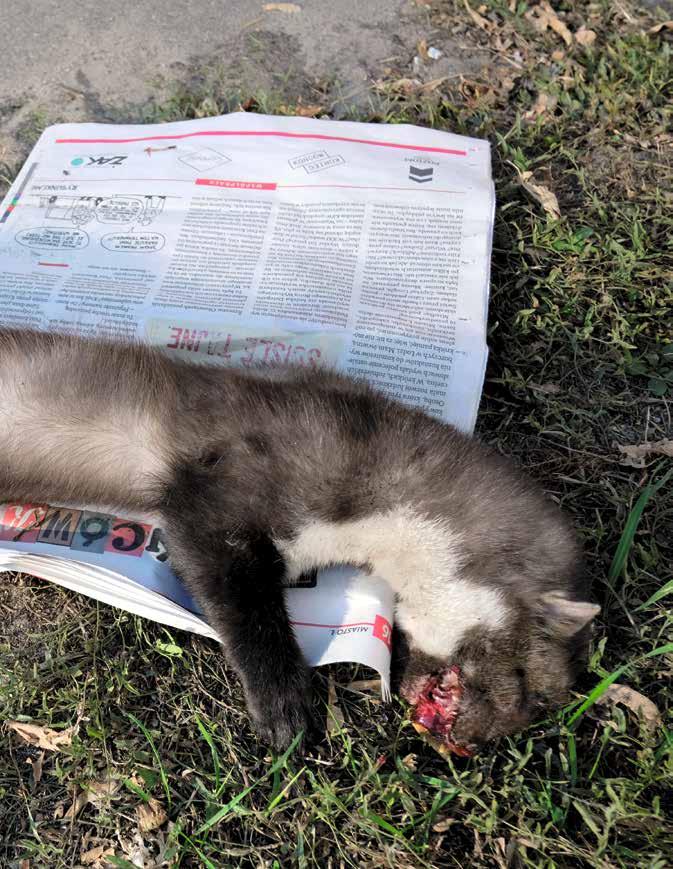







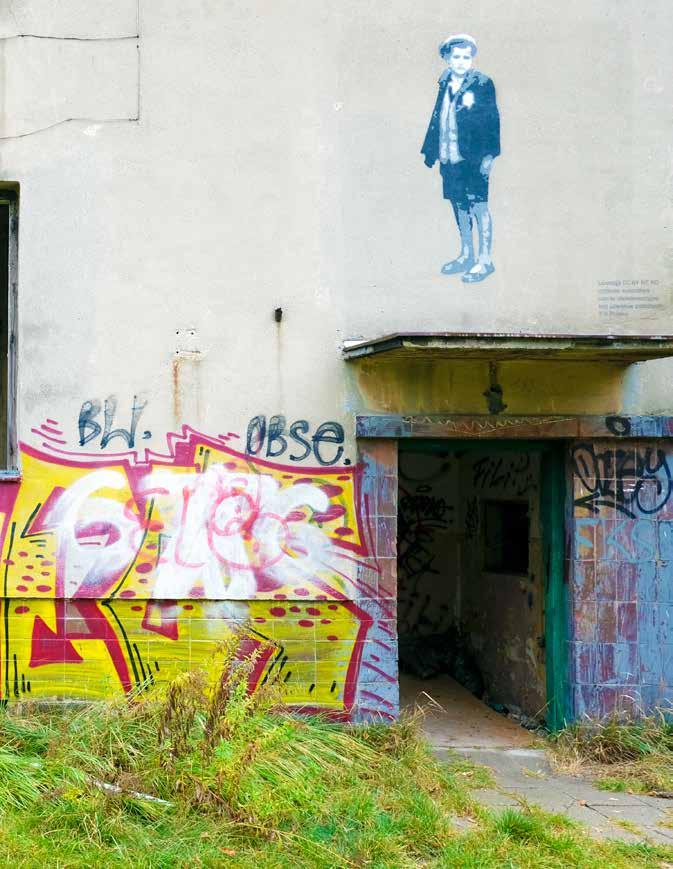

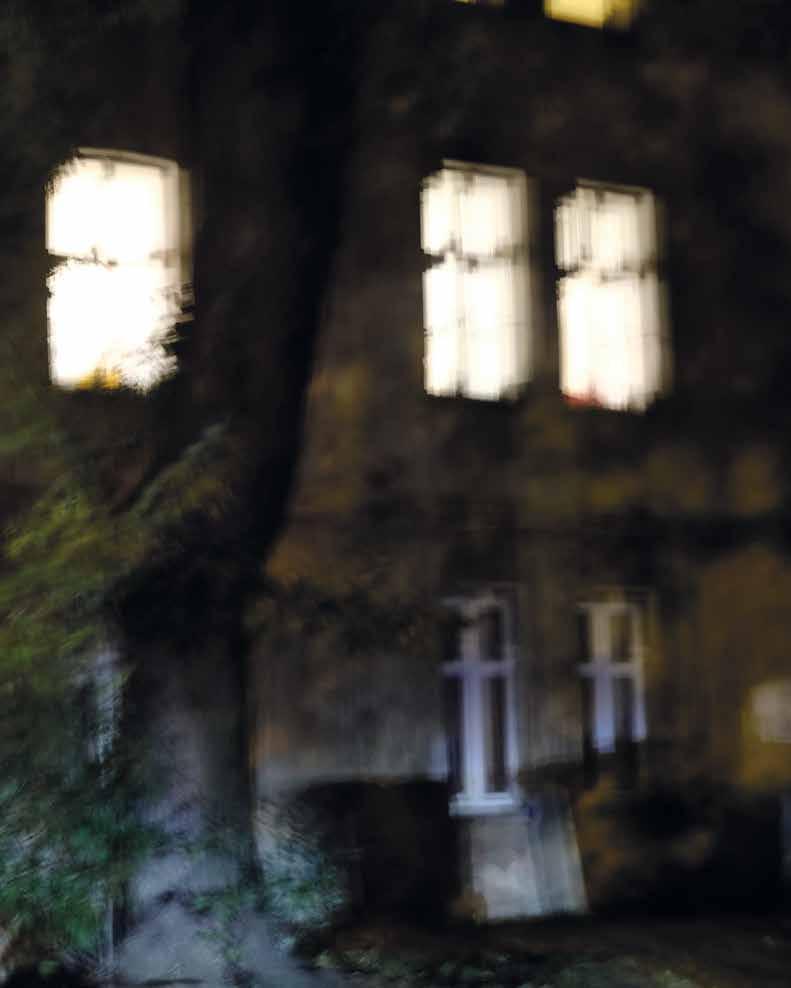




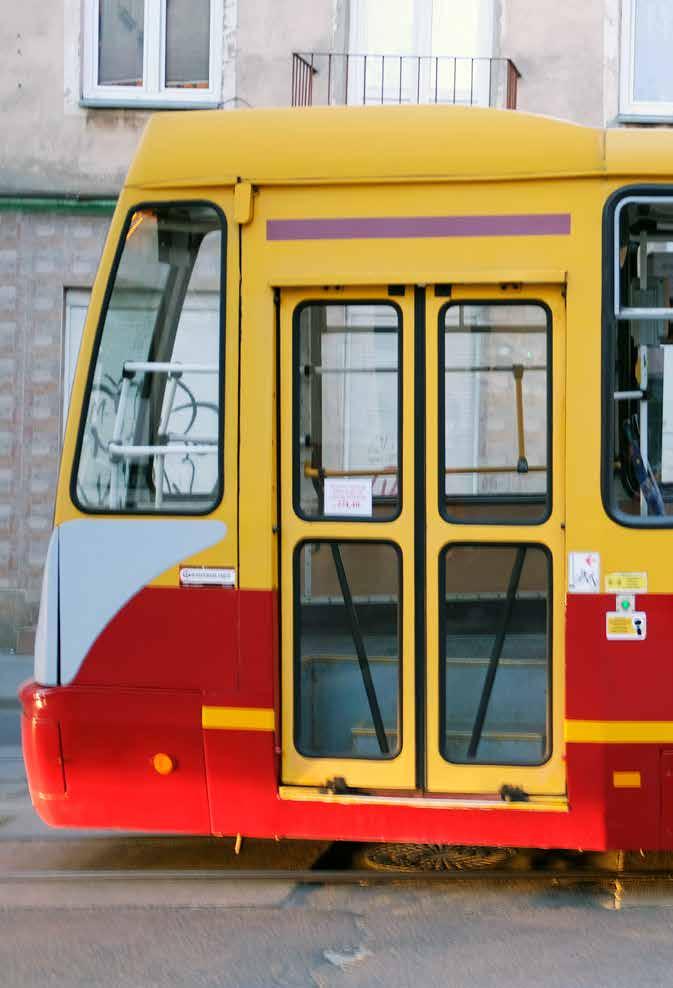



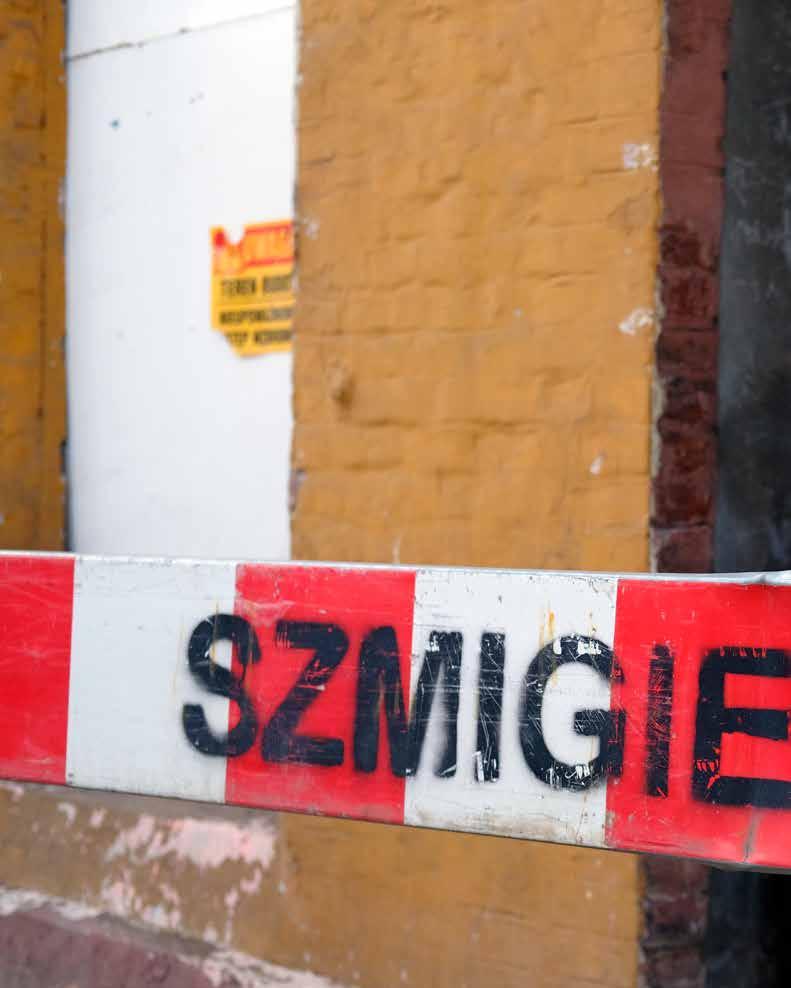




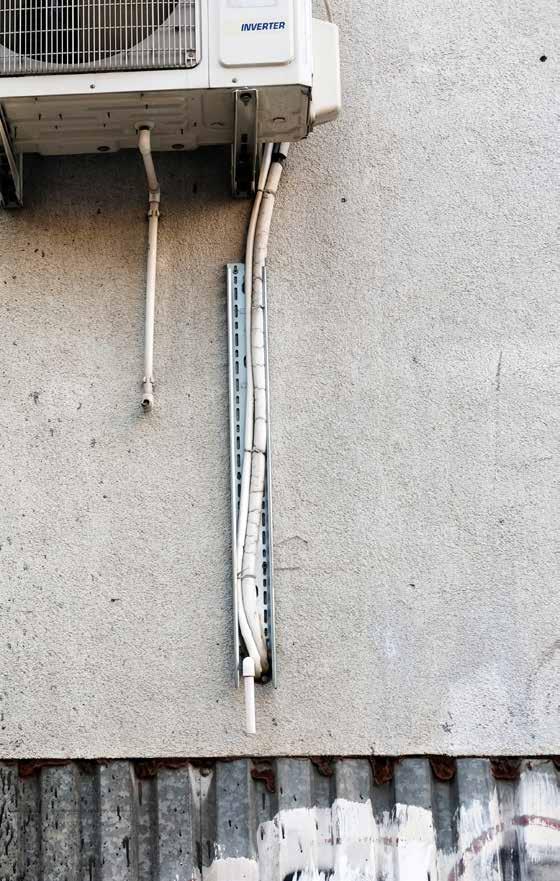








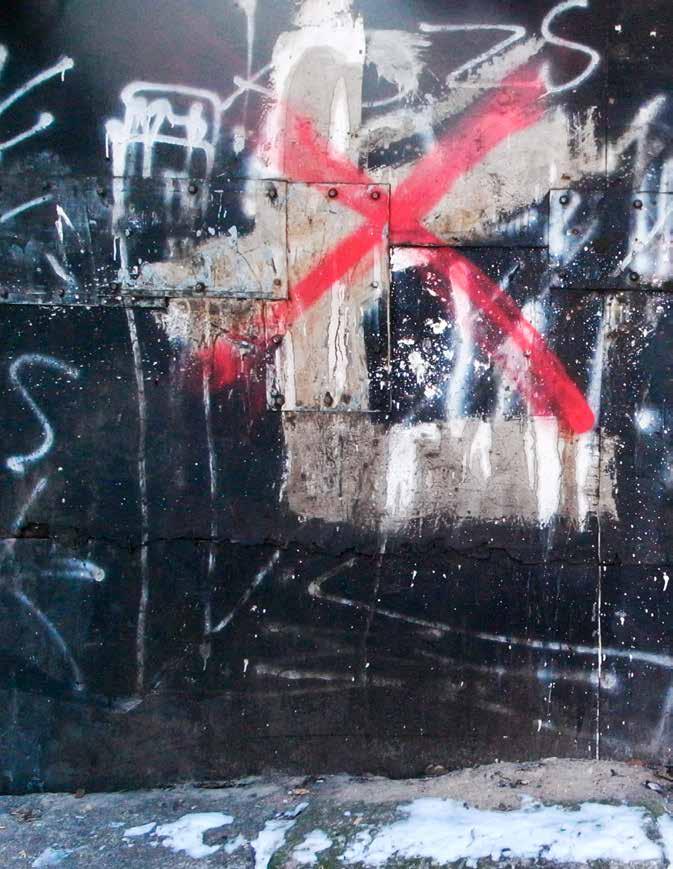




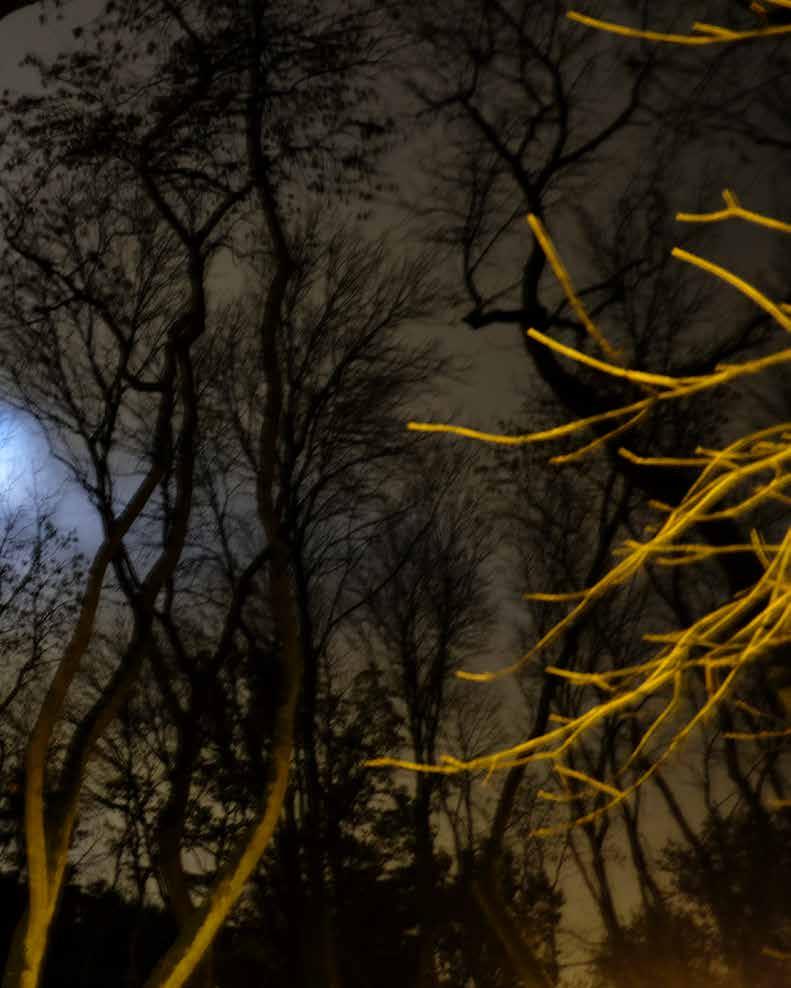




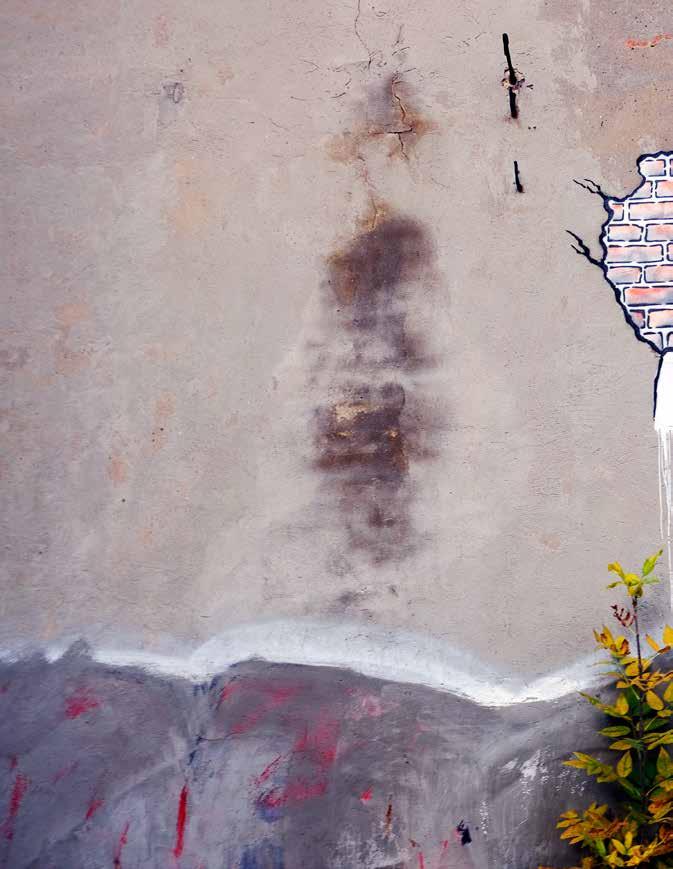












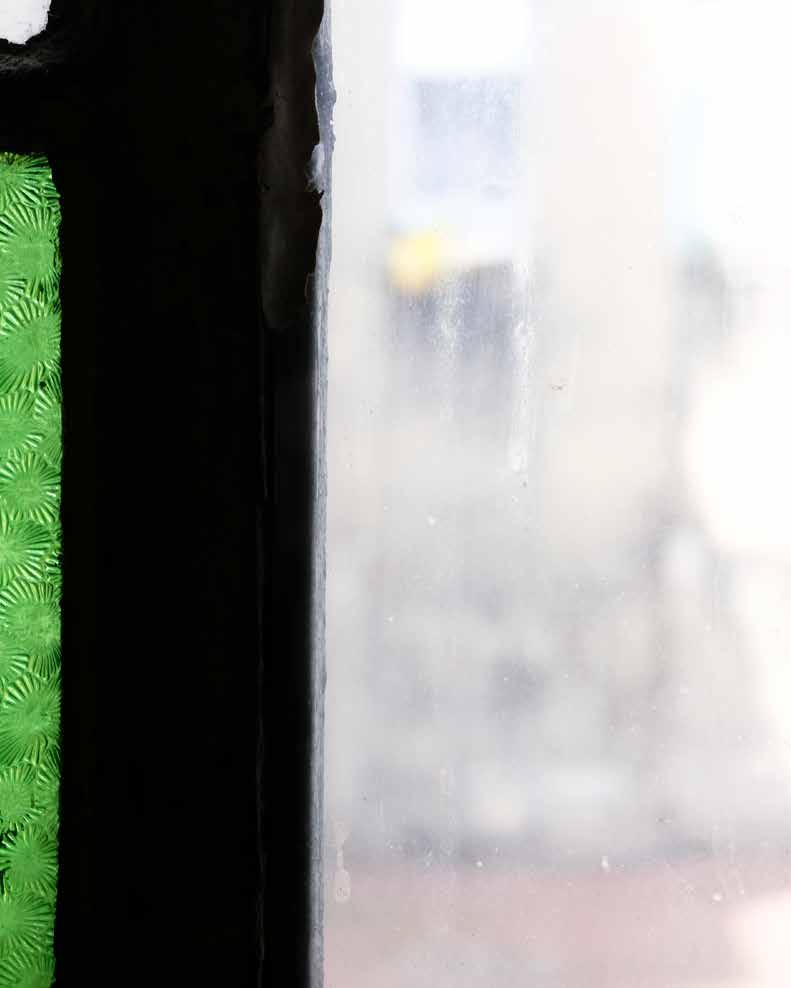







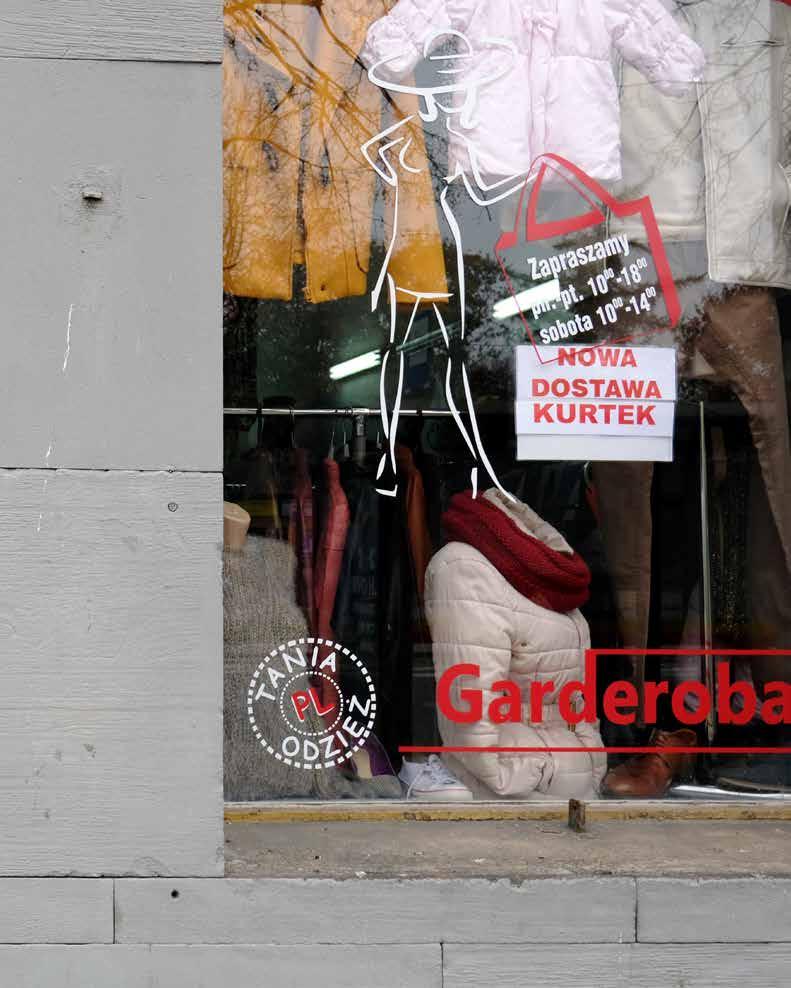


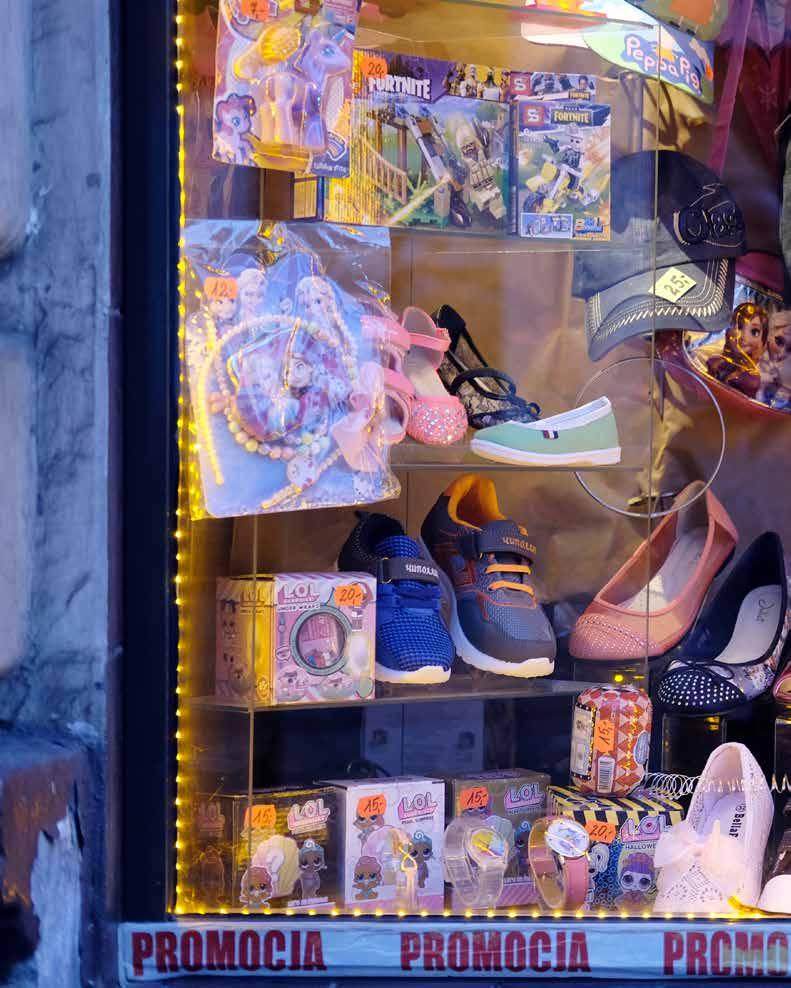



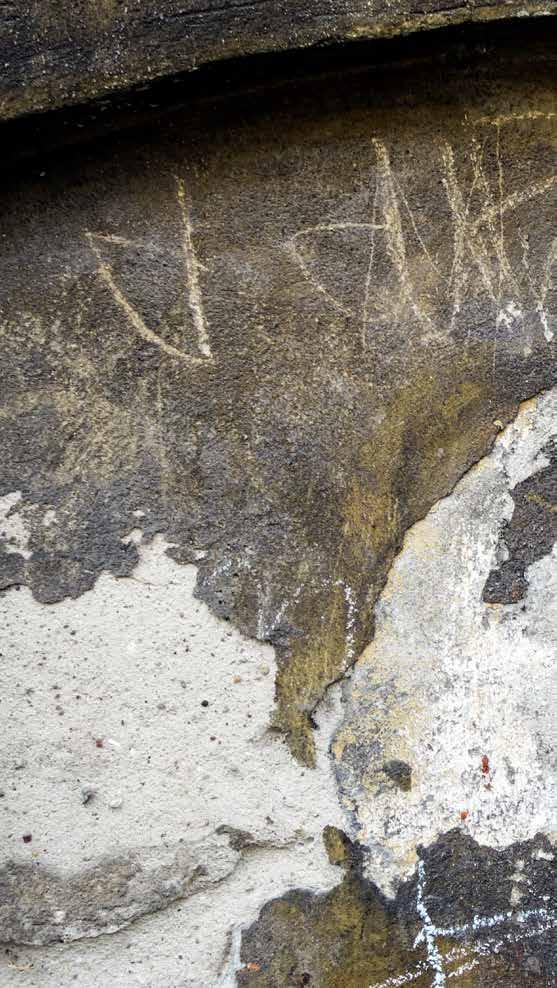
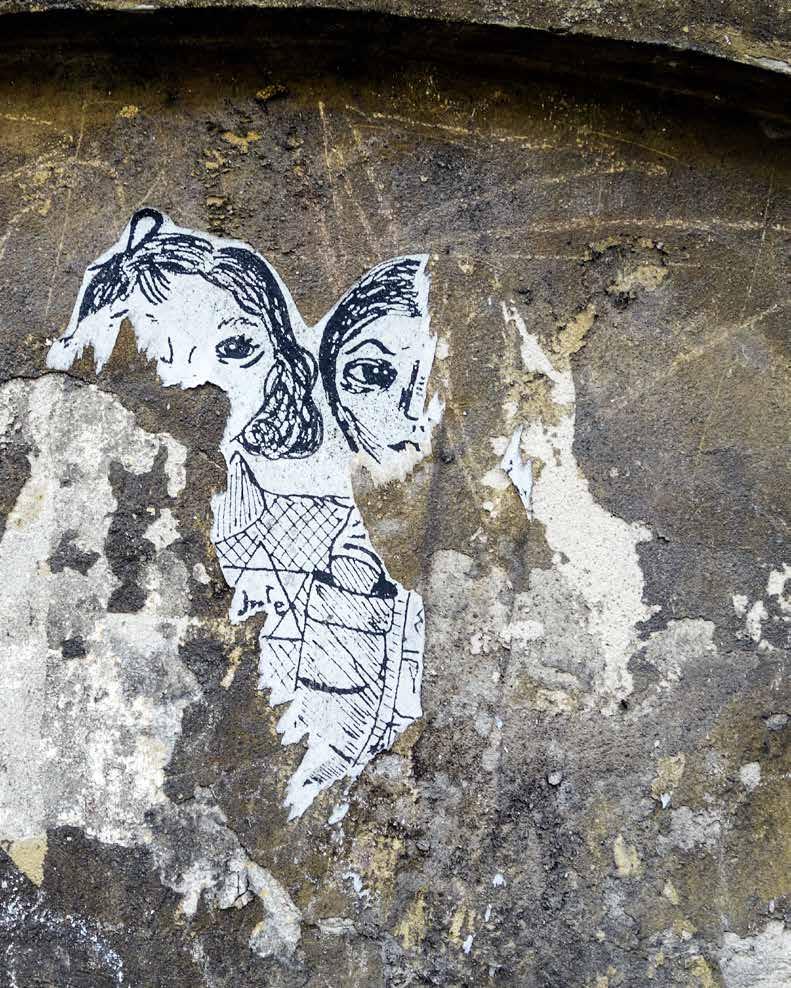





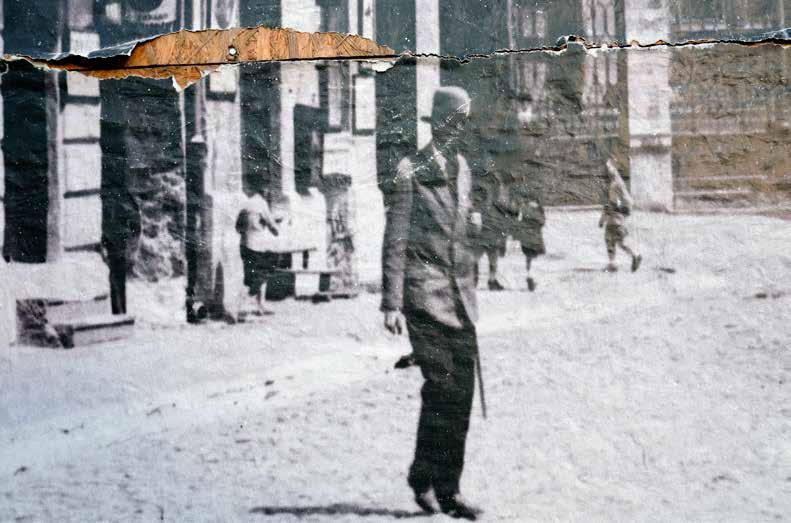


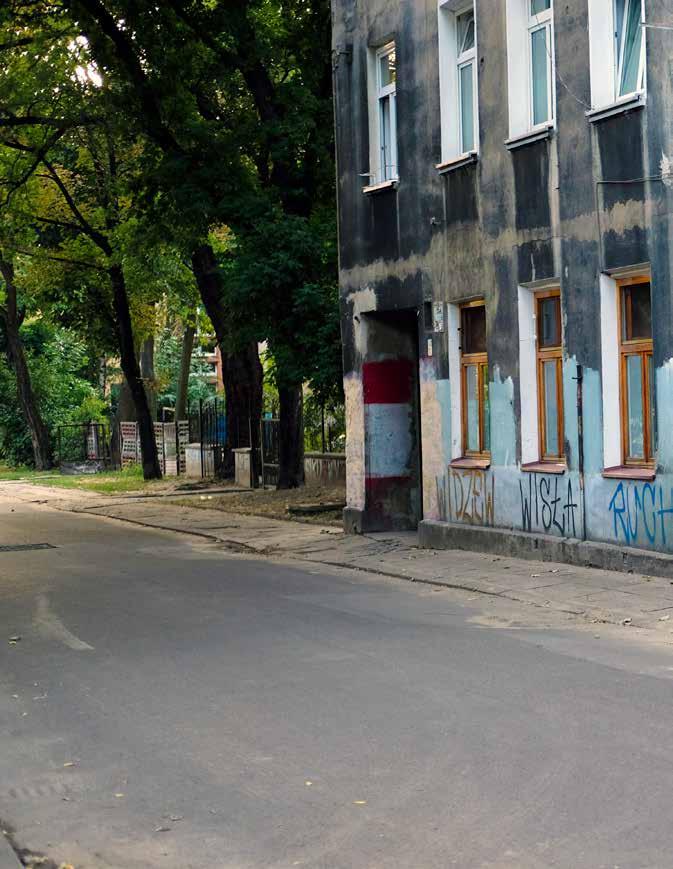
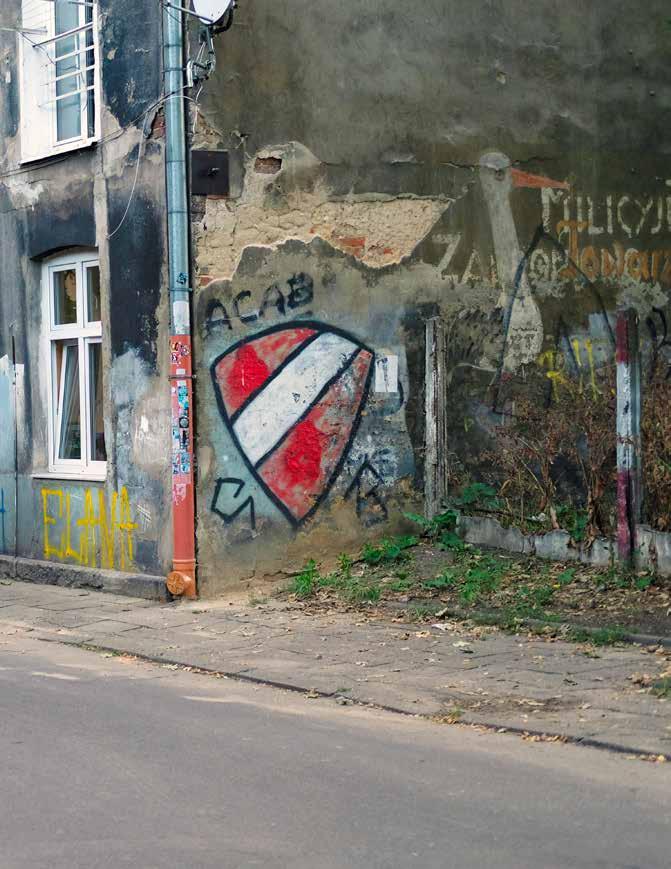


Dreaming, dreaming from a not too far away future the thirteen years old boy Abramek Kaplowicz trapped with his family in the Lodz ghetto since he was 10, hunched over his school notebook and wrote this poem:
When I grow up and get to be twenty I’ll travel and see this world of plenty I’m a bird with an engine I will sit myself down. Take off and fly into space, far above the ground. I’ll fly and cruise and soar up high, Above a world so lovely into the sky. And so delighted by all the world’s charms, Into the heavens, I will take off and not have a bother. The cloud is my sister, the wind is my brother.
These are just a few lines taken from the poem.
Abrameks notebook survived the war hidden in the attic of the family dwelling in “Litzmannstadt Getto” and after the war found by Abramek’s father, the only survivor of the family.
This beautiful poem of the young poet is written with the typical sensibility of early adolescence. It’s written not only with an unusual eloquence but moreover with an astonishing profundity and lucid imagination.
It turns out Abramek became one of the poets and chroniclers who testified of the unbroken spirit and the vivid spiritual resistance of the many in the ghetto.

The commemorations of the 75th anniversary of the liquidation of the Litzmannstadt Getto 25.08 - 01.09.2019
Some impressions















“It happened, therefore it can happen again”
“From a notebook compiled in the Lodz ghetto by a Jewish boy named Abramek Koplowicz”.
Poem written in the Lodz ghetto by 13 years old boy
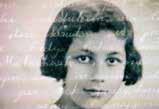
Manuscript: at Yad Vashem

https://www.yadvashem.org/articles/general/twoteenage-poets-in-the-lodz-ghetto.html

Pamiętnik Rutki Laskier - Rutka pamiętnik Zagłady screenshot from a video about Rutka : https://www.youtube.com/ watch?v=27FOTqHlttw&t=144s
‘Laughing kids’ screenshot from the movie : “Radegast”, directed by Borys Lankoosz
Poland 2008
‘Girl with dollpram’ screenshot from the movie : “Radegast”, directed by Borys Lankoosz
Poland 2008
Fragment of the floor in the main hall of the Jewish Historical Institute Warsaw, which still bears the traces of the fire in the neighbouring synogague, 1943.
Rȩkopis kazania rabina Kalominusa Kelmisza Szapiry wygloszonego w getcie waesawskim. Chanuka, gradzién 1941 r. Sermon of Rabbi Kalonimus Kelmisz Szapiro delivered in the Warsaw Ghetto. Hanuka, December 1941 (Jewish Historical Institute, Warsaw)
Street art : portrait of Marek Edelman © 3fala.art.pl
see: Marek Edelman murals ; http://3fala.art.pl/marek-edelman


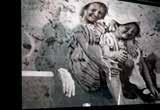



Photography and Text
Robert E. Houkes
Selection and Editing: Urszula Tarasiewicz, Robert E. Houkes
Supervision, Advise and Support: Urszula Tarasiewicz
Book Design
Harald Slaterus
Publisher
DogPrintBooks
First Edition
DogPrintBooks 2021, NL https://dogprintbooks.blogspot.com
ISBN:
© Robert E. Houkes, 2021 © DogPrintBooks, NL, 2021 info@dogprintbooks.com
All rights reserved. No part of this publication may be reproduced or transmitted in any form or by any means, electronic or mechanical, including photocopy, or any other information storage without written permission from the copyright owners
And: Thanks!
To the many who in one way or another contributed to making my stay in Lodz so special: fruitful, impressive and meaningful. Many, many thanks!
dpb d o g p r i n t b o o k s
In this text you will find “Litzmannstadt Getto” as the German name is meant. In all other cases it’s written as Litzmannstadt ghetto or ghetto.
Silent Baluty is a photo book entirely devoted to the Baluty district (Lodz, Poland), unfortunately, better known today as the impoverished neighbourhood where the Nazis established their “Litzmannstadt Getto” soon after the outbreak of WW II in 1939.
The photography – reflecting a strong personal approach and a sharp eye for meaning and stillness – visualizes how the unmistakable past emerges and reappears in everyday reality.
The underlying story of the ghetto and the fatal outcome shines through the entire series whereby tension and beauty go hand in hand.
